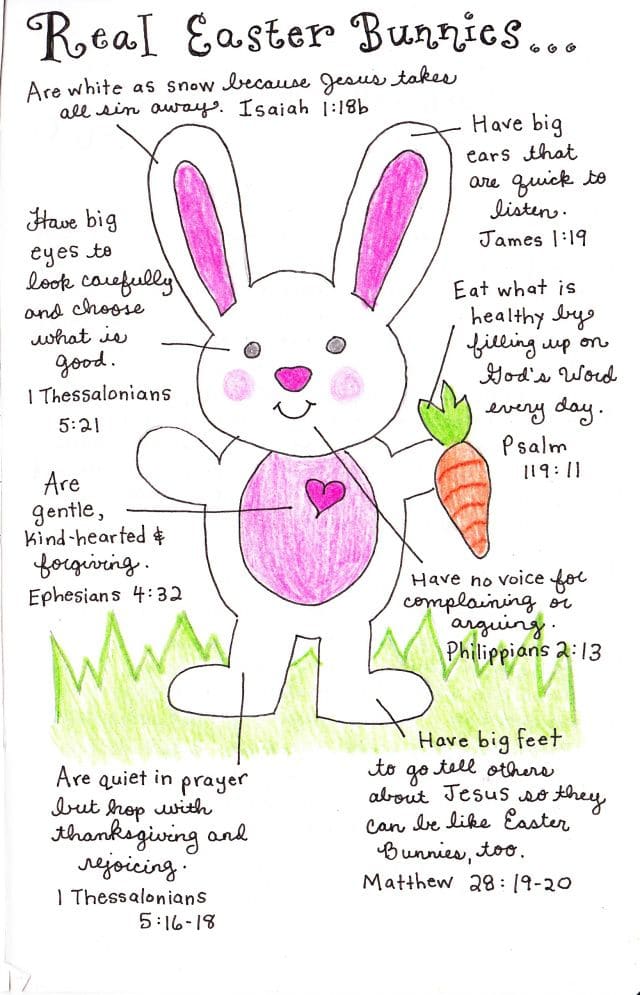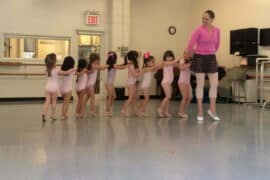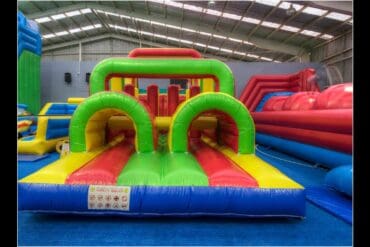Understanding the Easter Bunny: A Guide for Curious Parents
Oh, springtime! A season of renewal, blossoming flowers, and, of course, the enchanting hop of the Easter Bunny that delights not only the young hearts but also the young at heart. As parents, we love to see the sparkle in our children’s eyes when they anticipate the arrival of this cheerful holiday mascot, don’t we? However, amidst all the egg hunts and chocolate binges, have you ever paused and wondered, “What’s the story behind this floppy-eared friend?” Well, let’s embark on a delightful journey to understand the wonderful significance of the Easter Bunny, making our celebrations even more meaningful.
The Origins of the Easter Bunny Tradition
Like many age-old traditions, the story of the Easter Bunny has roots that intertwine with various cultures and centuries. According to some folklorists, the concept of a bunny bringing eggs dates back to pagan festivals celebrating Eostre or Ostara, the goddess of spring and fertility. In these celebrations, the hare was considered her sacred animal, embodying fertility and new life – perfect for the spring season.
As time hopped along, this ancient symbol intertwined with Christian customs; the Easter Bunny as we know it started to take shape. In particular, German immigrants brought this delightful character – or “Osterhase” as they called it – to American shores in the 1700s. Children would eagerly create their nests for the “Oschter Haws” to lay its colored eggs, a tradition which eventually evolved into the Easter baskets we know and love today.
Why Does the Easter Bunny Bring Eggs?
It’s a funny thought, isn’t it? A bunny bringing eggs – something clearly not part of a rabbit’s natural habits. Yet, this quirky mix-up is steeped in rich symbolism. In many cultures, eggs symbolize new life, rebirth, and fertility. And when combined with the springtime setting, they create a powerful emblem of the season’s essence – and a message of hope and renewal for all.
The decorating of eggs is a tradition that predates the bunny itself, with variations across the globe. From the intricately decorated Ukrainian pysanky to the red-dyed eggs of Greek Orthodox traditions, these little symbols of new beginnings have long held cultural significance.
Celebrating with the Easter Bunny Today
Fast forward to today, and the Easter Bunny has become a universal non-denominational harbinger of joy. This legendary leporid now has a role that goes beyond hiding eggs. The Easter Bunny is a figure of fun and playful mischief; a means for families to bond over creative activities like baking bunny shaped cookies, crafting bunny ears, or even engaging in a spirited backyard Easter egg toss.
Easter Bunny Fun Facts for Kids
- The Easter Bunny doesn’t go everywhere. In some regions of Germany and Switzerland, children wait for the Easter Cuckoo, while in others, a fox or a stork drops by with treats.
- An Easter Bunny’s favorite vegetables are of course, carrots – but this is mainly due to how we think of rabbits in general. Creating a magical garden for the Easter Bunny can be a fun activity for the family.
- Some of the biggest and most famous Easter egg hunts in the world happen at the White House in Washington D.C., and in the fabulously floral gardens of Fabergé’s Big Egg Hunt.
So, as the daffodils bloom and the days grow longer, embracing the Easter Bunny tradition becomes more than just a springtime activity; it becomes an opportunity to teach children about history, creativity, and the joyous cycle of life. Each year, as we watch our children race across the lawn, Easter baskets in hand, we don’t just see a game. We see a lifetime of memories taking root, held tenderly within the warm embrace of family traditions and tales of a kindly bunny who brings a bit more magic into the world.
Before you hop away to start your own festivities, remember that the Easter Bunny isn’t just a character – it’s a symbol of all that is hopeful and vibrant about spring. Whether you’re crafting an epic egg hunt or simply sharing the tale of the Easter Bunny with little ones, you’re adding threads to the rich tapestry of Easter traditions. So, let’s embrace this chance to celebrate, create, and hop into the heart of Easter, together!

5 Things Parents Should Know in Preparing for Easter Bunny Significance
1. Recognize the Easter Bunny as a Teaching Moment
While the Easter Bunny is a figure of play and celebration, it’s also an excellent opportunity for parents to teach their children about different aspects of life, culture, and history. The bunny’s origins connect to themes of rebirth and new beginnings—a valuable lesson for children to understand the beauty of starting anew each spring.
2. Encourage Creativity and Expression
Part of the magic of the Easter Bunny tradition lies in the creative activities associated with it. Parents can nurture their children’s artistic side by decorating eggs, making bunny-themed crafts, or baking festive treats together. Such activities promote imagination and family bonding, which are pivotal to the holiday’s spirit.
3. Maintain the Magic but Keep Expectations Realistic
While basking in the enchantment of the Easter Bunny, it’s essential for parents to manage their children’s expectations. While encouraging belief in the magic, parents should balance that with realistic limits, such as the number of treats to expect, which can avoid overindulgence and help maintain the excitement without excess.
4. Embrace Inclusivity and Global Traditions
The Easter Bunny has different variations across the world. Parents can enrich their family’s celebration by incorporating global customs and stories. This not only deepens the children’s appreciation for the holiday but also fosters an understanding and respect for different cultures.
5. Instill Values Through Storytelling
The Easter Bunny’s narrative is more than whimsy—it’s a vessel for values. Use stories of the Easter Bunny to instill messages about generosity, kindness, and the joy of giving. Encouraging children to share their treats or participate in community egg hunts can teach the importance of community and sharing joy with others.
Bringing Easter Bunny Traditions into Your Home
As the days lengthen and the spirit of Easter flourishes, embrace your role in weaving the Easter Bunny into your family’s tapestry of customs. This can mean setting up a special corner for kids to prepare treats for the bunny or drafting personalized letters to the furry friend, expressing their wishes for the Easter egg hunt. Such personalized touches grant depth to the tradition, turning it into an eagerly anticipated family custom rather than just another holiday.
Respecting the Environment While Celebrating
In the joy of Easter festivities, don’t forget our responsibilities to the planet. Opt for sustainable practices, like using natural dyes for egg decoration, repurposing materials for crafts, and choosing confectioneries from companies that prioritize ethical production. Teach children that celebrating the Easter Bunny is also about cherishing and respecting the Earth that blooms anew each spring.
Remember, dear parents, that the legacy of the Easter Bunny is not just in the chocolate eggs or the footprints left on the lawn—it’s in the warmth of family traditions, the smiles on your child’s face, and the tales that will be told for years to come. Now, let the anticipation build, the eggs hide, and the bunnies hop, for Easter is on its way, and it carries a basket brimming with joy, laughter, and learning.
See more great Things to Do with Kids in New Zealand here. For more information see here
Disclaimer
The articles available via our website provide general information only and we strongly urge readers to exercise caution and conduct their own thorough research and fact-checking. The information presented should not be taken as absolute truth, and, to the maximum extent permitted by law, we will not be held liable for any inaccuracies or errors in the content. It is essential for individuals to independently verify and validate the information before making any decisions or taking any actions based on the articles.




